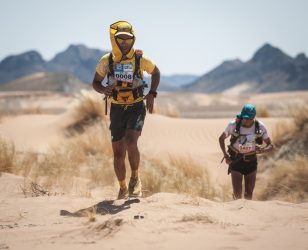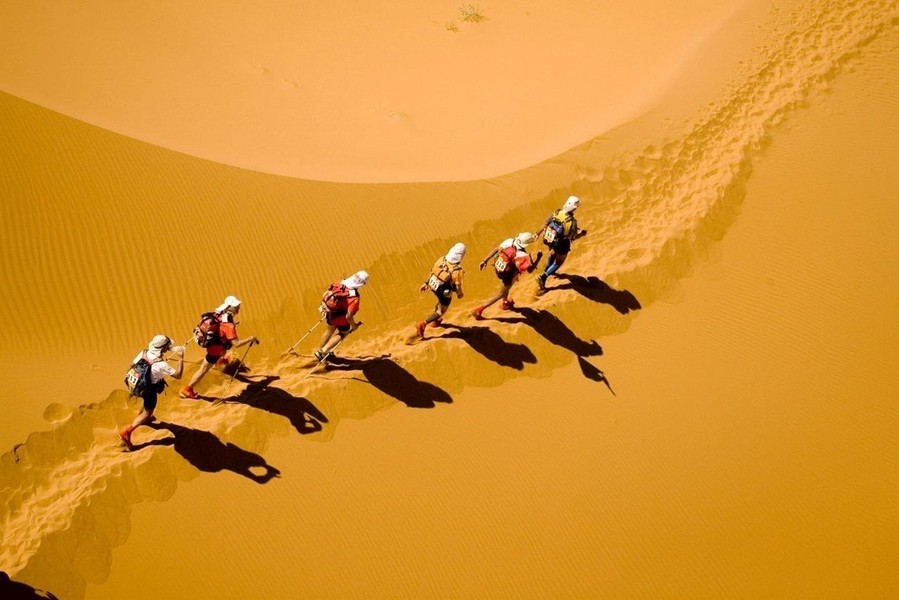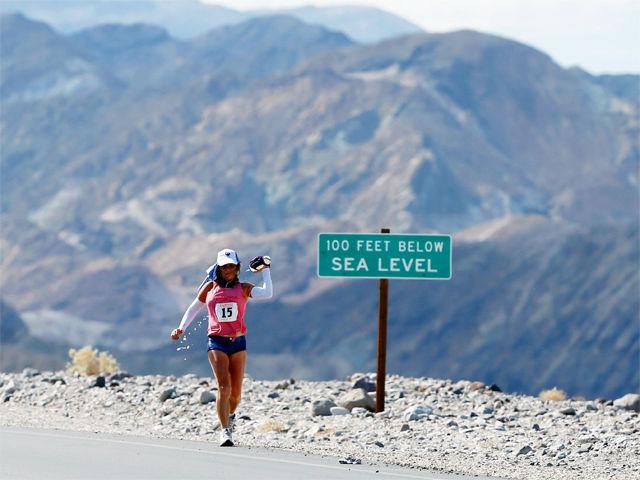Even for the most experienced athletes, racing in hot environments is not without risk. Cramp, dehydration, heat exhaustion and even heat stroke are inherent dangers for marathon and ultra-runners competing in extreme temperatures and conditions.
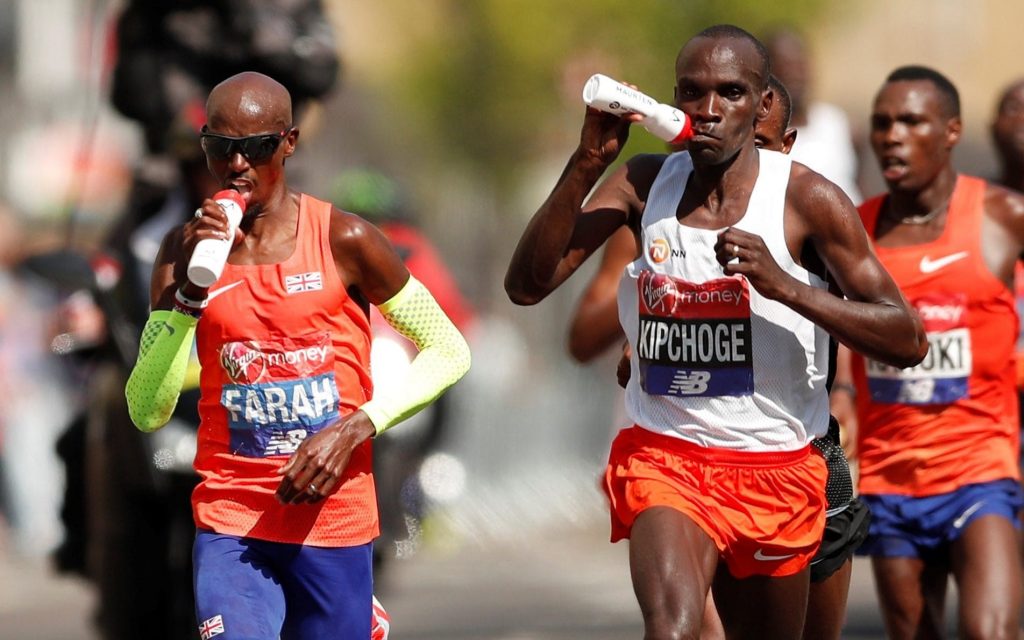
For those taking part in Badwater – the 135-mile non-stop race where temperatures in the salt lakes of Death Valley can reach 50°C, or in the Al Marmoom Ultramarathon – the desert ultra-run near Dubai, training in the heat is an essential part of race preparation.
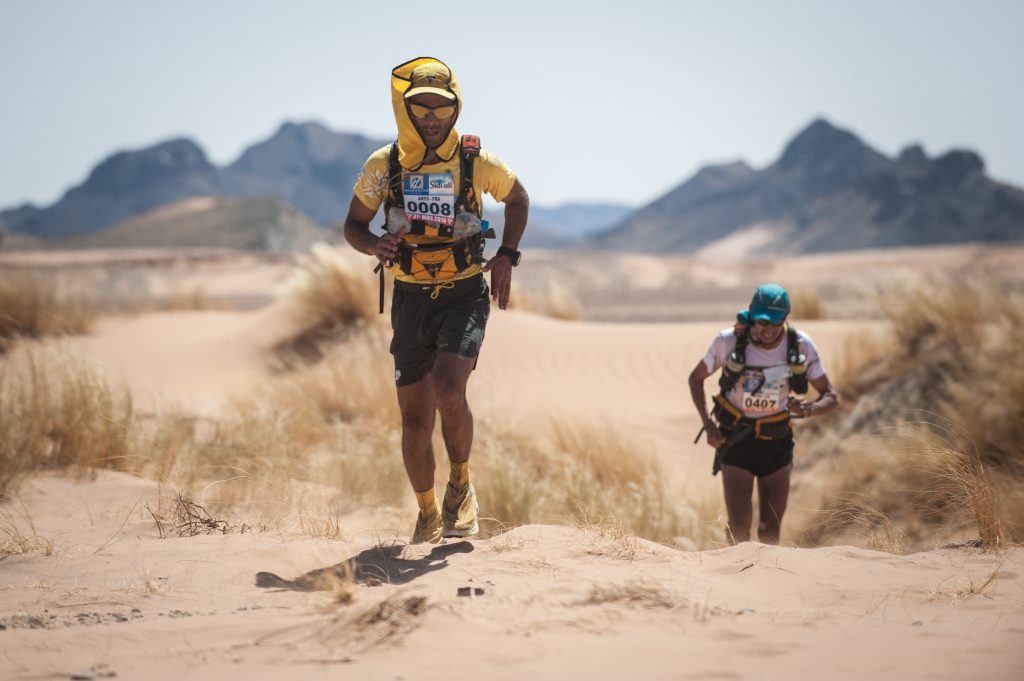
The physiological adaptations that improve tolerance to excessive temperatures is known as heat acclimatisation. The exact duration and frequency of heat exposure that maximises heat acclimatisation is difficult to know. However, the British Association of Sport and Exercise Sciences (BASES), suggests that a daily exposure of between 60-90 minutes per day, for up to 10 days, is the most effective.

The body’s thermoregulatory mechanisms are primarily geared to protect against overheating. This is important while competing in hot conditions, where a battle ensues between the systems that maintain a large muscle blood flow and those that provide adequate thermoregulation.
In the blue corner – radiation, conduction, convection and evaporation all work to transfer heat from the body. However, when the ambient temperature is high and during exercise, only evaporation provides the major defence against overheating, as the effectiveness of the other three decreases.
Body heat is transferred to the environment when water is vaporised from the respiratory passages and the skins surface.
When sweat reaches the skin, a cooling effect occurs as the fluid evaporates. The cooled skin then serves to cool the blood that has been pushed to the surface, however sweat evaporation from the skin depends on three factors:
- The convective air currents around the body
- The amount of skin surface exposed to the environment
- The temperature and relative humidity of the ambient air
Relative humidity is by far the most important factor that determines the effectiveness of heat loss by evaporation. When humidity is high, the ambient vapor pressure is near to that of moist skin, evaporation is reduced, and the mechanism for heat loss is greatly diminished.
The same applies to excessive towelling, as heat loss by evaporation is reduced by continually drying the skin before sweat has a chance to evaporate – sweat does not cool the skin, but the evaporation of it does.
Words: Ian McHarg
Images: Public domain
Sources:
BASES – Interventions for Improving Performance in the Heat
Exercise Performance and Environmental Stress – Exercise Physiology, W. McArdle, F.I. Katch and V.L Katch

